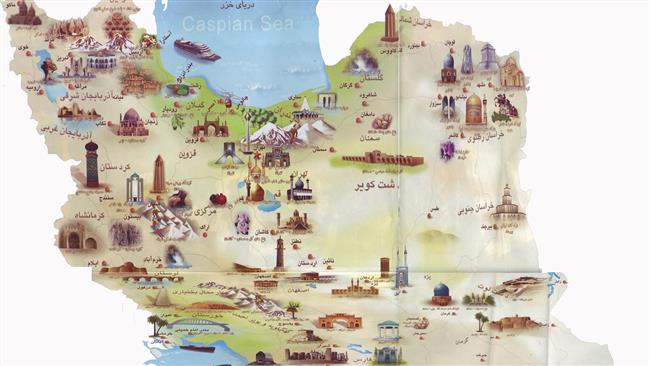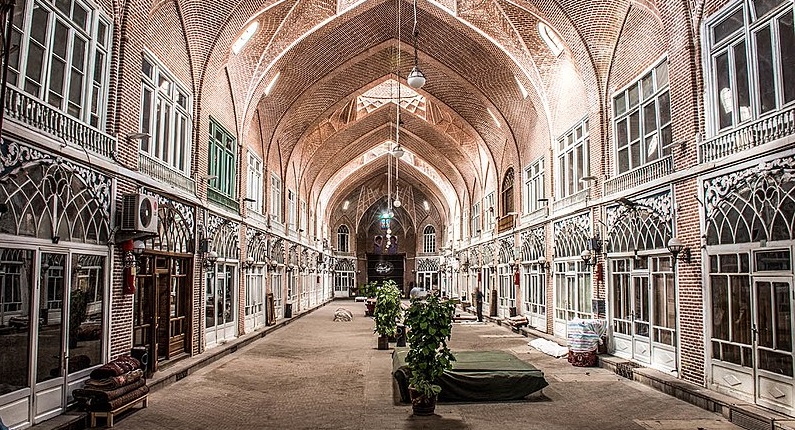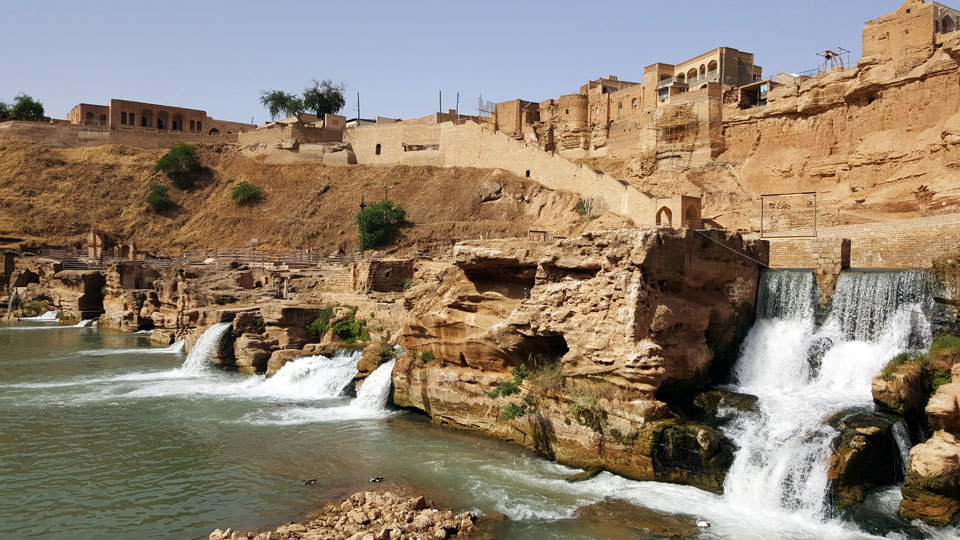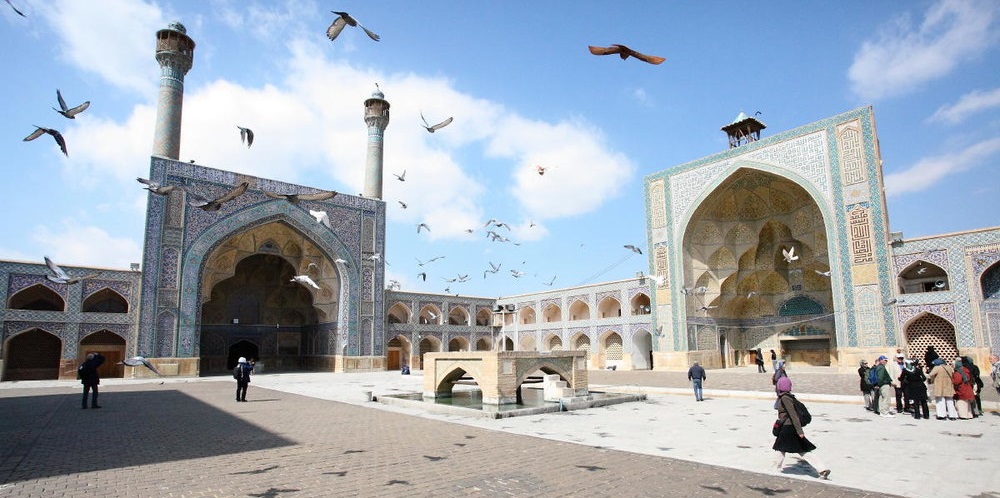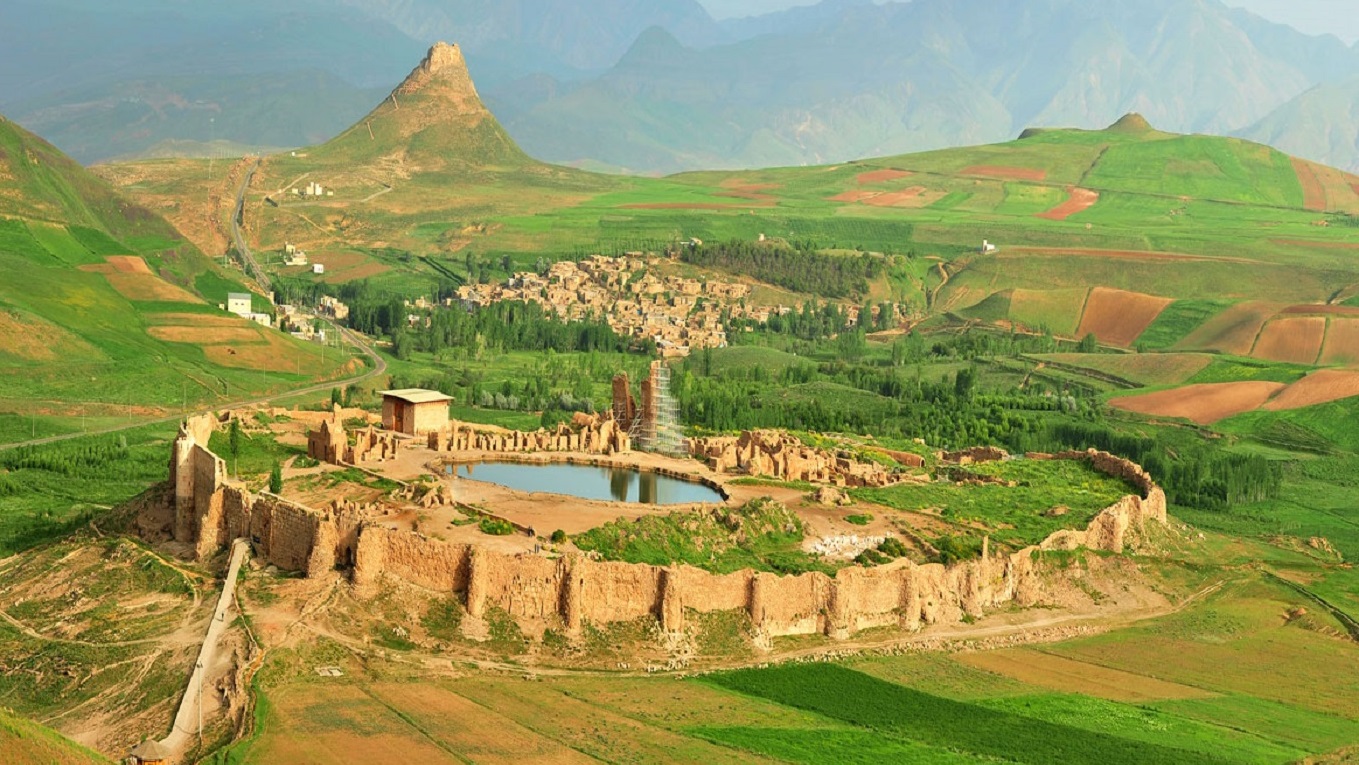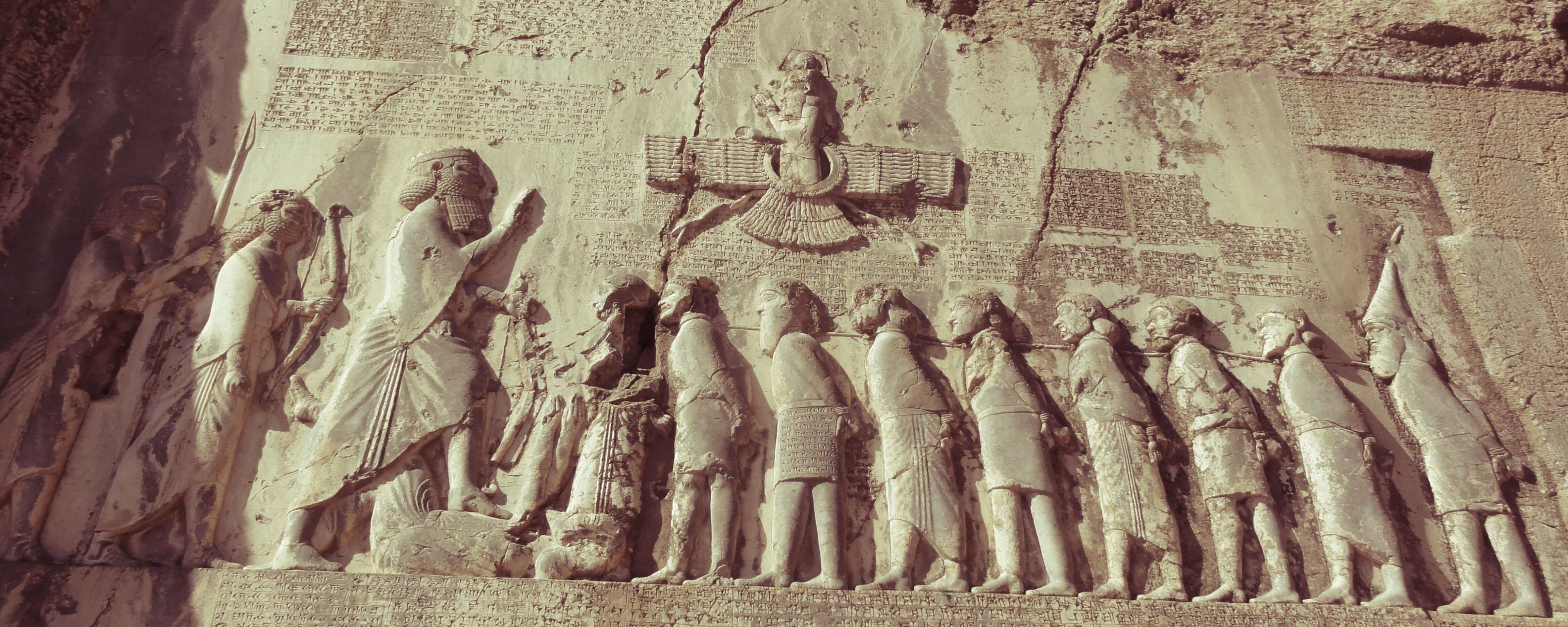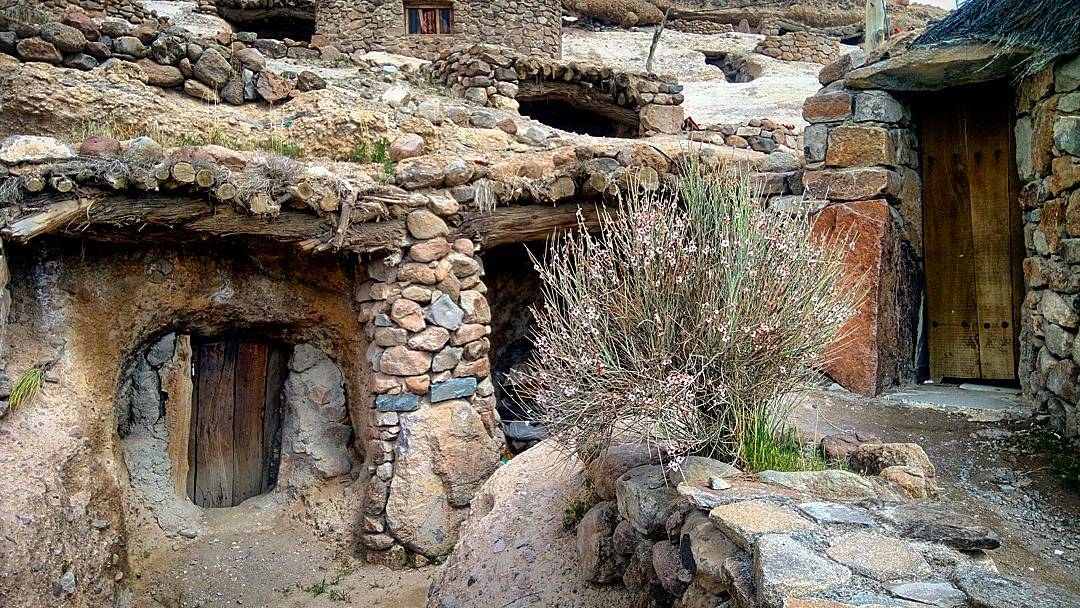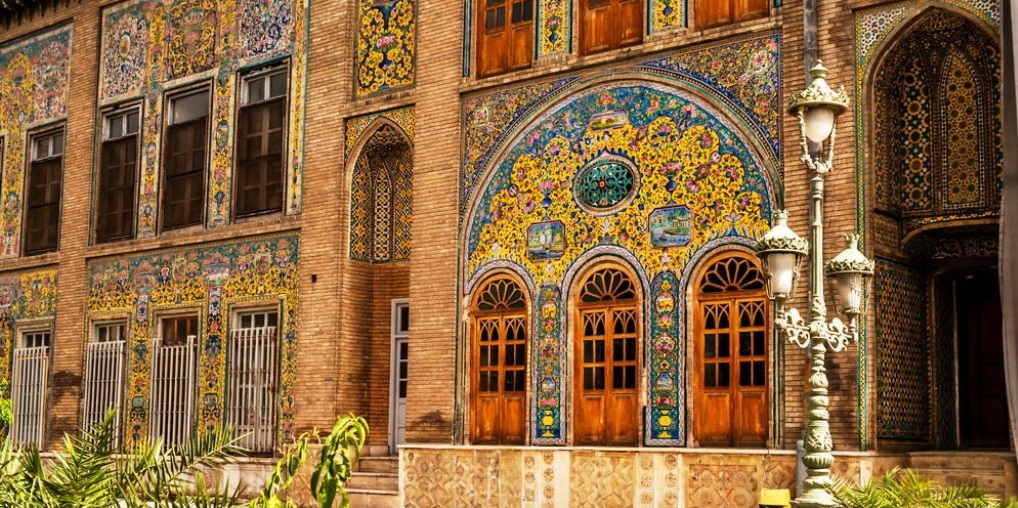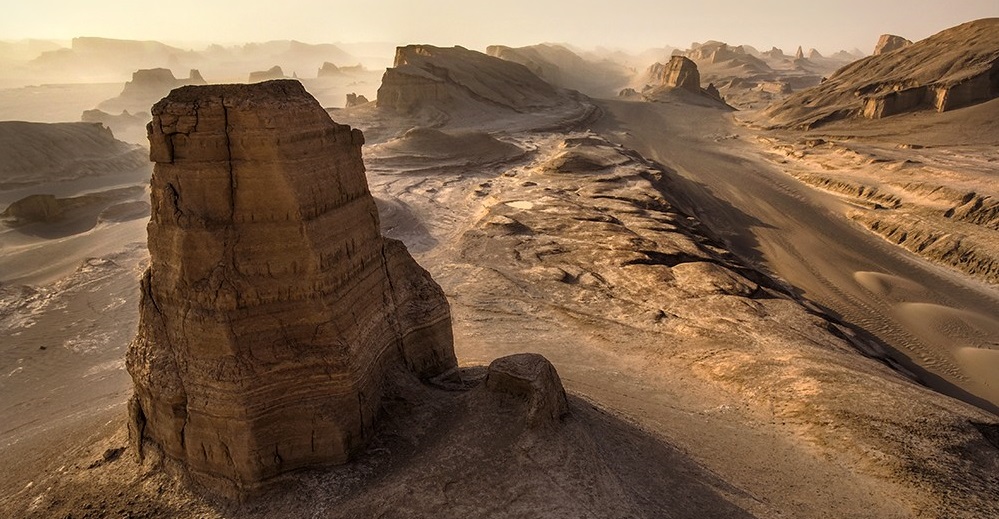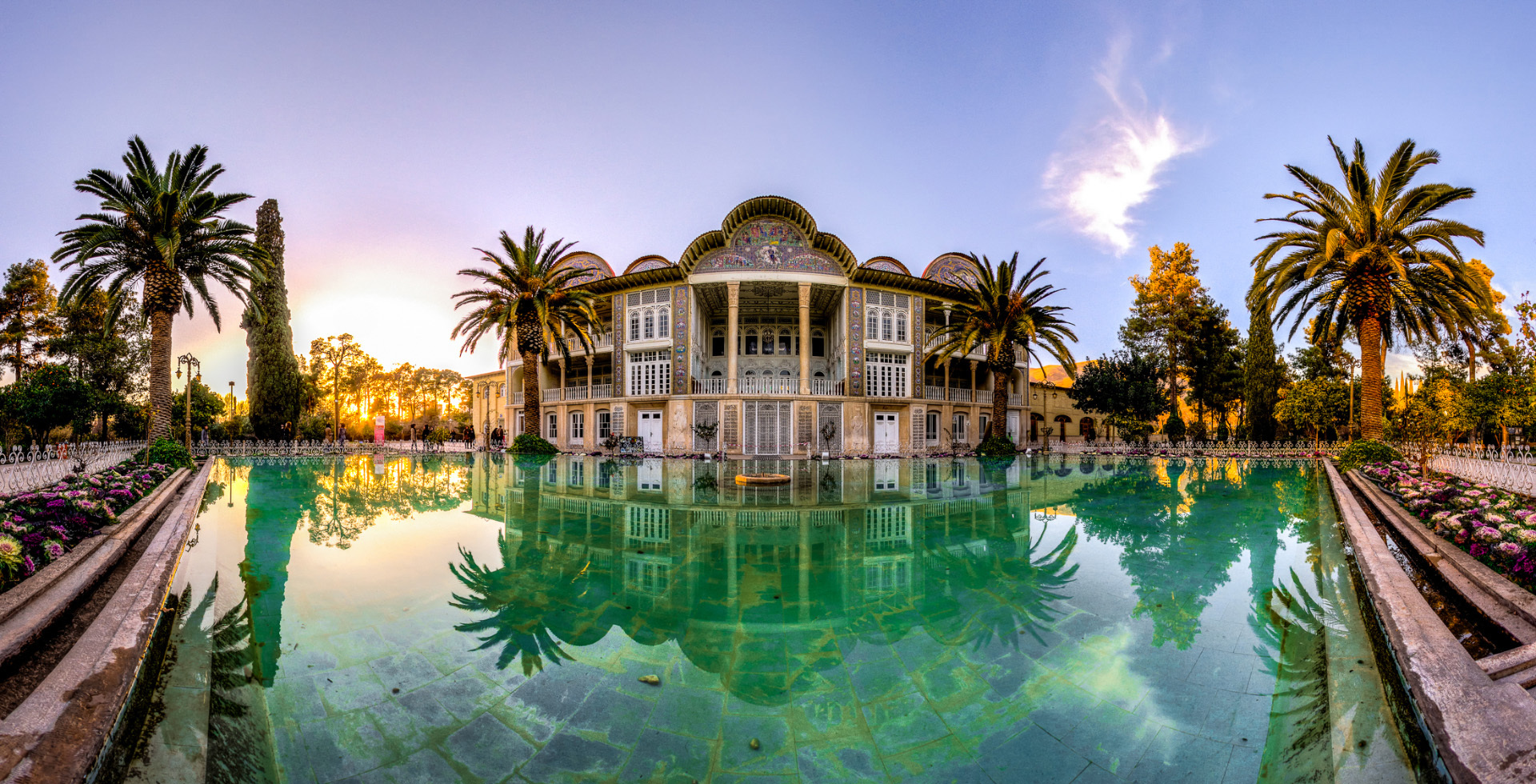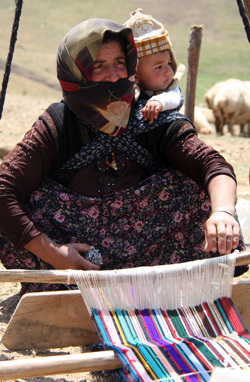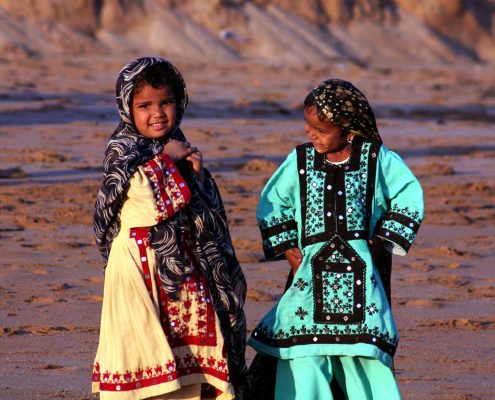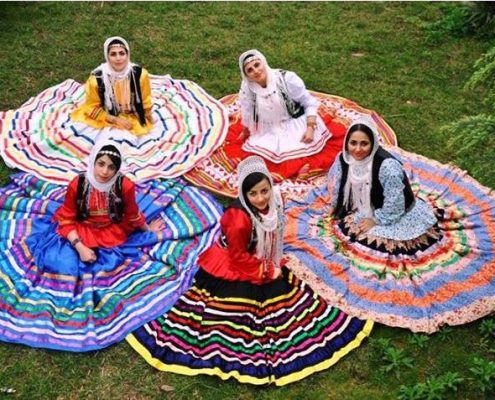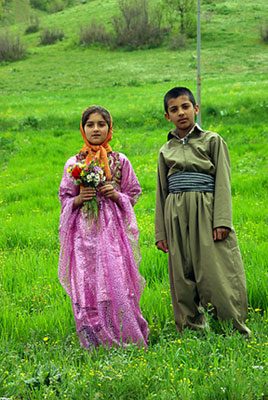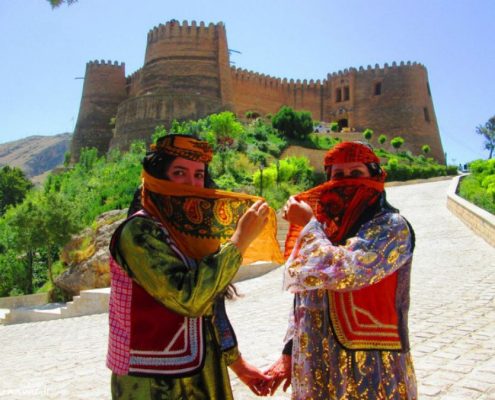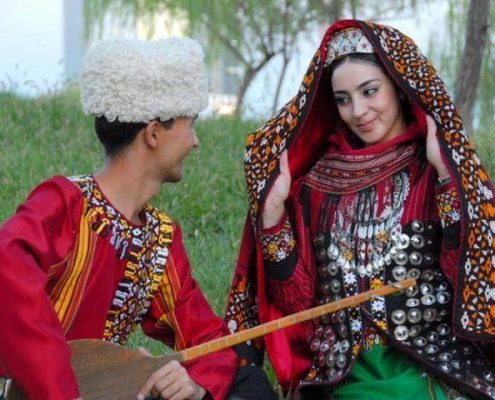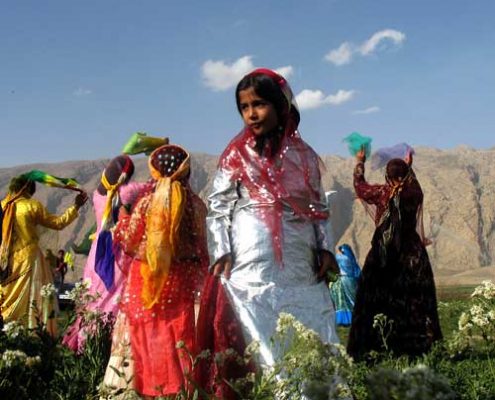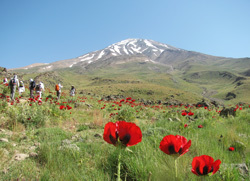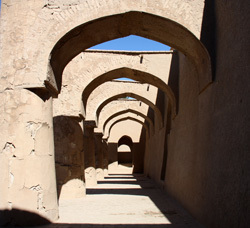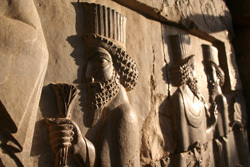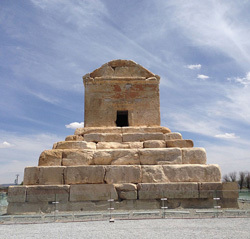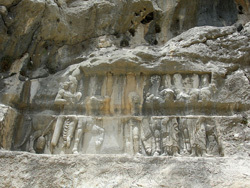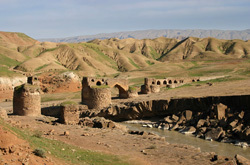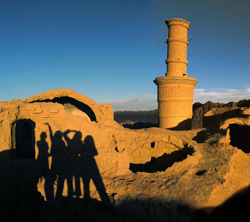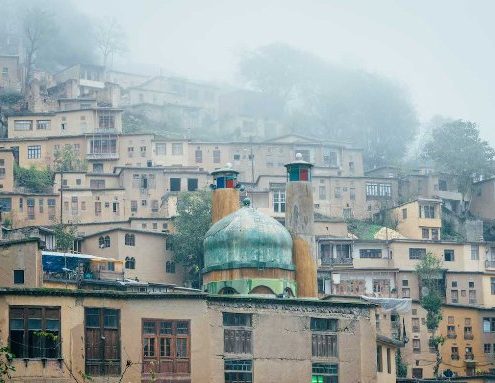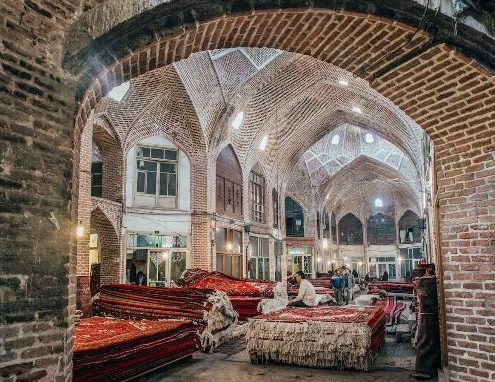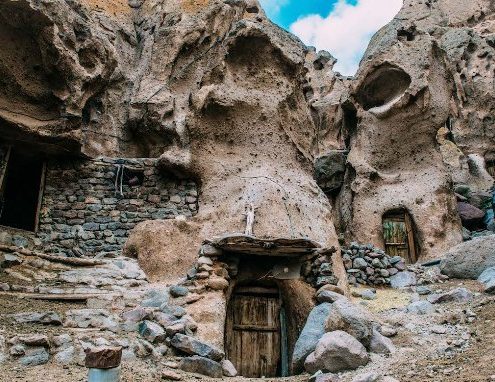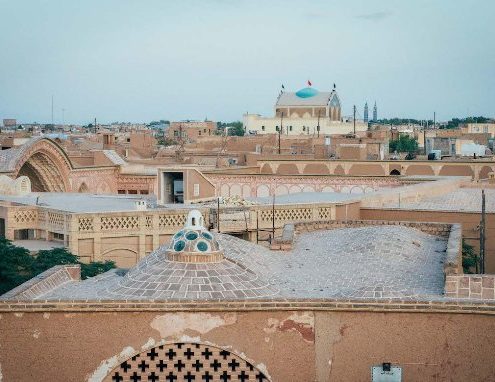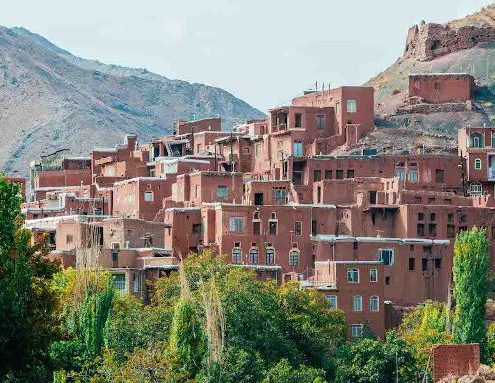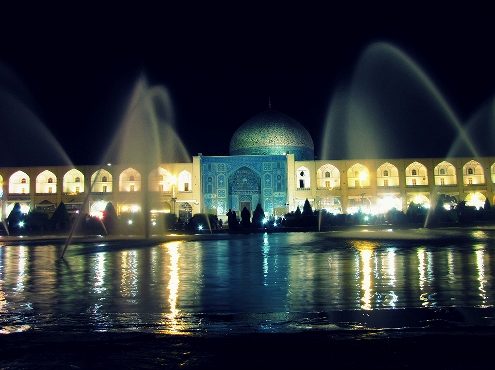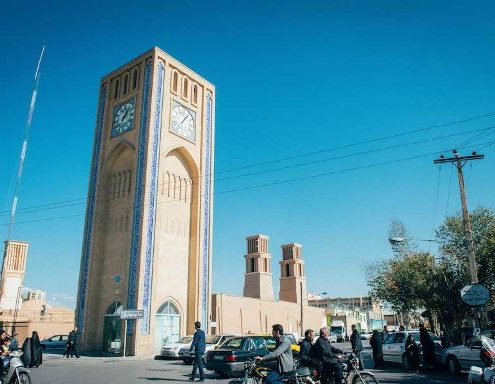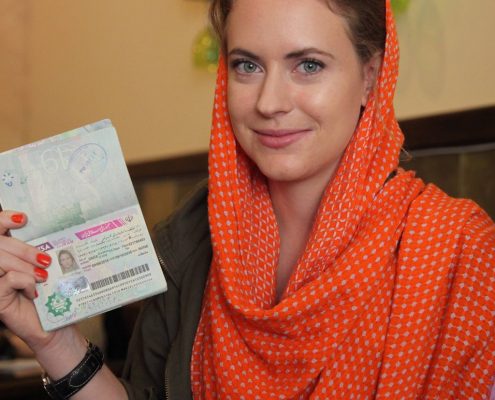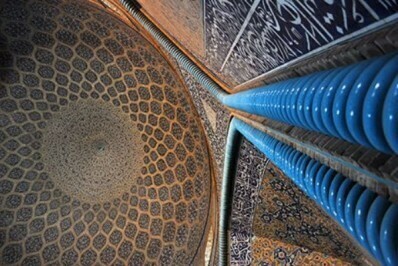If you love travelling to new places, Iran is a top destination. Iran, as the seventeenth largest country in the world and the second largest country in the Middle East enjoys a variety of cultural and natural attractions, delicious Persian foods, fascinating art works, breathtaking adventurous activities, famous poems and poets, amazing events and festivals, different religious monuments, and so many other entertaining programs to appeal to tourists with many different interests.
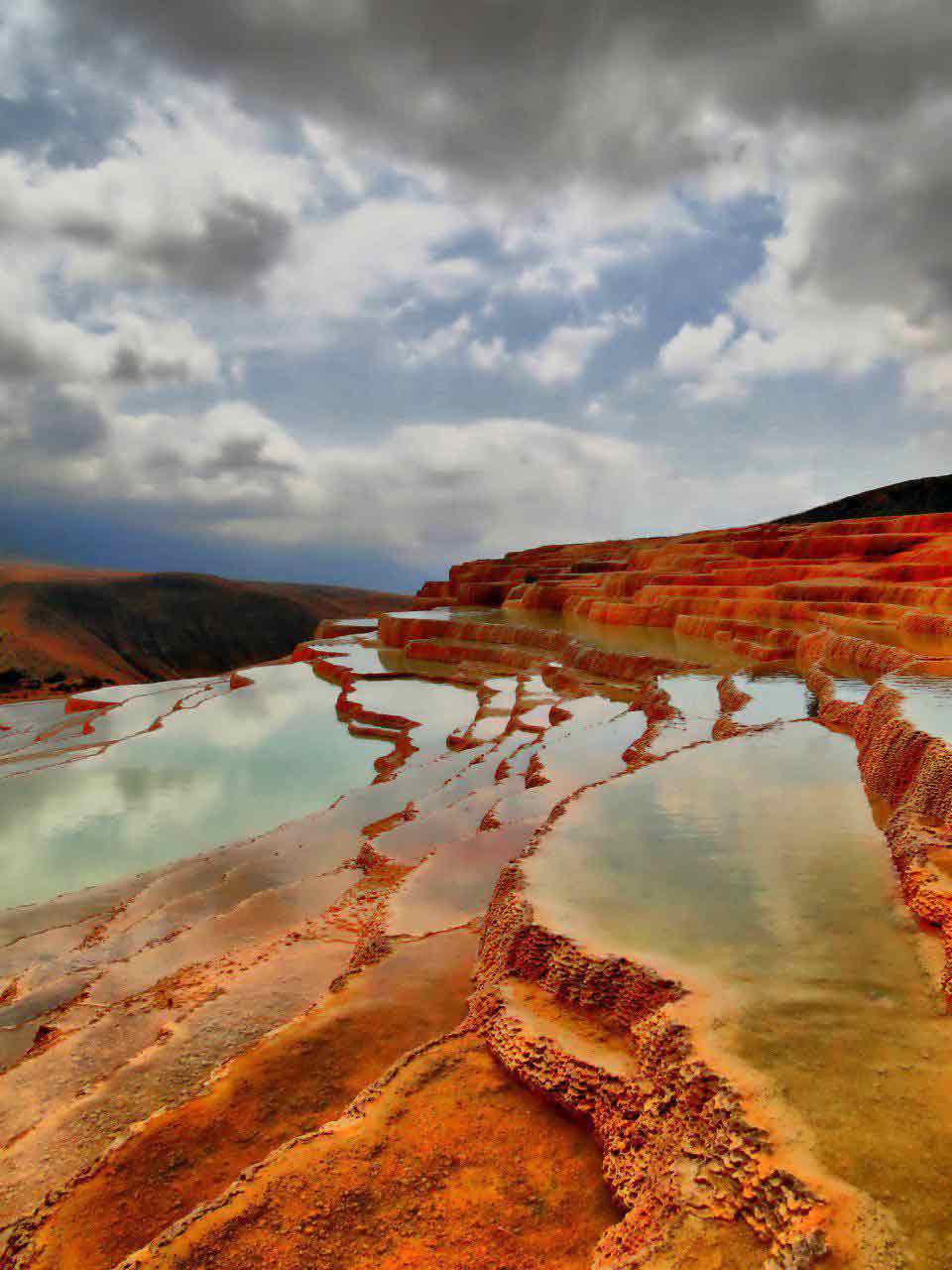
Iran enjoys a variety of cultural and natural attractions
Here are some of the reasons why Iran should be on your travel bucket list of 2018.
Iran is safe and affordable
Though the media has not portrayed a positive picture of Iran, the truth is that it is one of the safest and friendliest countries in the world. It is safe enough to welcome all nations even those solo travelers and women who love to travel by themselves. Moreover, Iran is one of the world’s most affordable destinations. The government has also eased the visa issuing progress. Therefore, travelers have more opportunities to visit this amazing country.
Iran has intact nature and ancient culture
Long history, outstanding architecture, elegant gardens, astonishing landscapes, and remarkable wildlife all represent Iran as a great destination to explore. With 22 cultural heritage and one natural sites inscribed on UNESCO World Heritage List, Iran is proud of its thousands year old historical and cultural attractions. It is the country of wind catchers, Persian gardens, museums, caravanserais, bridges, mausoleums, mosques, churches, and bazaars.
Susa, Shushtar Hydraulic System, and Tchoghazanbil in Khuzestan as the birthplace of the Elamites, and Burnt City dating back to 3200 BC in Sistan and Baluchestan are among Iran cultural and heritage sites.
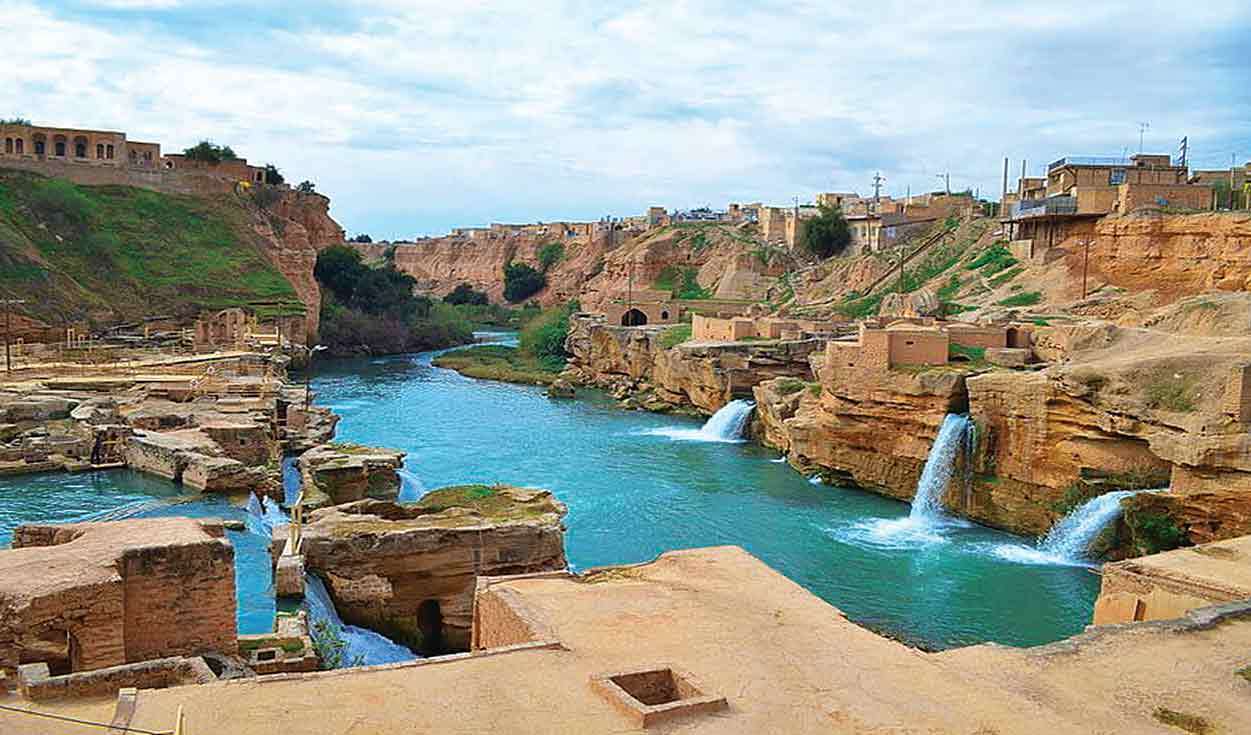
Shushtar Historical Hydraulic System as a UNESCO World Heritage site
Iran also embraces mountains, deserts, forests, caves, canyons, rivers, and national parks. Ali-Sadr Cave in Hamadan, Badab-e-Soort travertine terraces in Mazandaran, Kaluts of Shahdad in Lut Desert, and mangrove trees and Star Valley in Qeshm Island are only some of the natural attractions of Iran.
Iran is wonderful for adventure seekers
Surrounded by high peaks, roaring rivers, intense forests, vast deserts, large waterfalls, and deep canyons, Iran has the most inspiring places for adventure seekers from around the world. Rafting, hiking, biking, trekking, spelunking, caving, mountain biking, scuba diving, Safari expedition, sand boarding, bird watching, and canyoneering are all the adventurous activities one can enjoy in Iran.
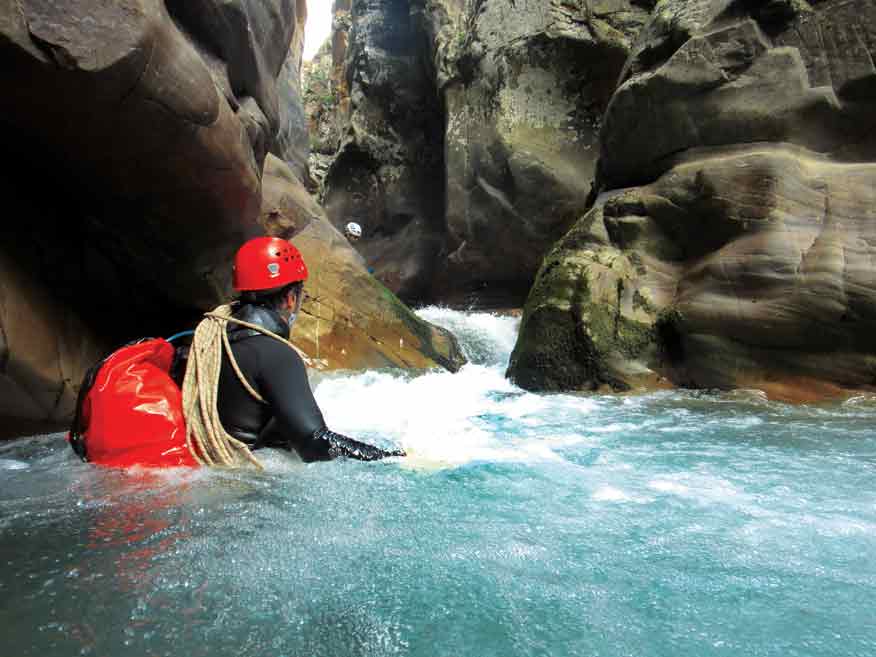
Iran is wonderful for adventure seekers
Iran has fantastic festivals
As a historical country, Iran has a variety of festivals and ancient traditions. Nowruz, Mehregan, Shab-e-Yalda, and Chaharshanbeh Suri are among the most famous ones held annually in Iran.
Nowruz known as the Persian New Year is celebrated worldwide by Iranians. Setting “Sofreh Haft Seen” is an interesting custom of Nowruz. It includes Seven (Haft) symbolic edible herbs and fruits all starting with the letter “Seen” in Persian Alphabet (pronounced as letter S in English), an ornamented mirror, Holy book, and a Divan of Hafez. Each of the fruits or herbs stands for a meaningful concept.
The autumn starts with the month of Mehr in Iran and its 16th day called “Mehregan” is the celebration of light, friendship, kindness, and love in Avestan calendar.
Shab-e-Yalda (Yalda Night) is one of the most ancient Persian festivals annually celebrated on December 21 by Iranians all around the world. It is the last night of autumn and the longest night of the year. On Shab-e-Yalda, people gather in groups of friends or relatives to pass the longest night of the year happily by eating nuts and fruits, reading Hafiz poems, making good wishes, and talking and laughing all together.
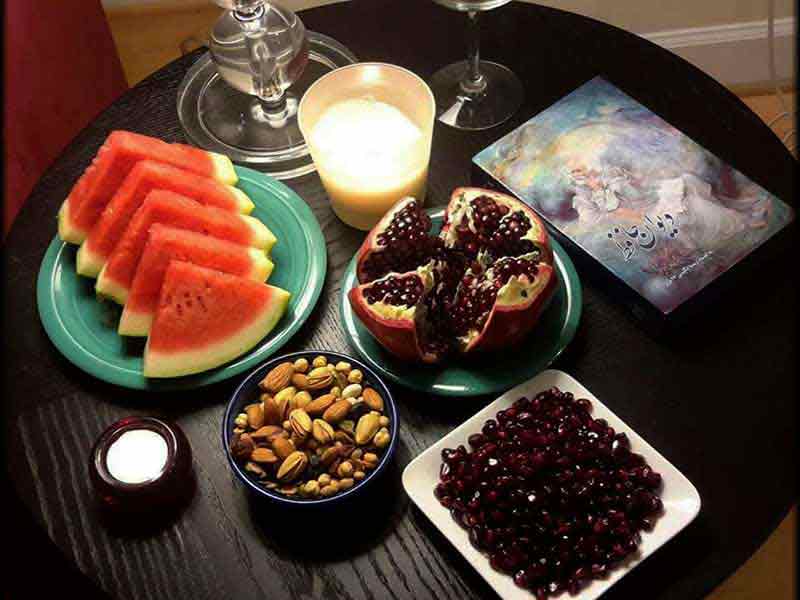
Shab-e-Yalda is one of the most ancient Persian festivals
Chaharshanbeh Suri known as the Persian Festival of Fire is also celebrated on the eve of the last Wednesday before Nowruz. In the evening of Chaharshanbeh Suri, people make bonfires and jump over the fire while symbolically ask the fire to take sickness away and bring about health.
Iran is great for religious Tourism
Iran enjoys diversity in religions. Many Islamic holy places such as Mashhad and Qom attract even non-Muslims because of their magnificent architectural features. As Iran has been the land of other religions before Islam such as Zoroastrianism and Christianity, there are many holy places related to those religions in different parts of Iran. Armenian Monastic Ensembles in West Azarbaijan province, Vank Cathedral in Isfahan, the Zoroastrian Pir-e-Sabz or Chak Chak pilgrimage place in Yazd, the Tomb of Daniel in Susa, and the Holy Shrine in Mashad all satisfy the spiritual needs of the followers of different religions.
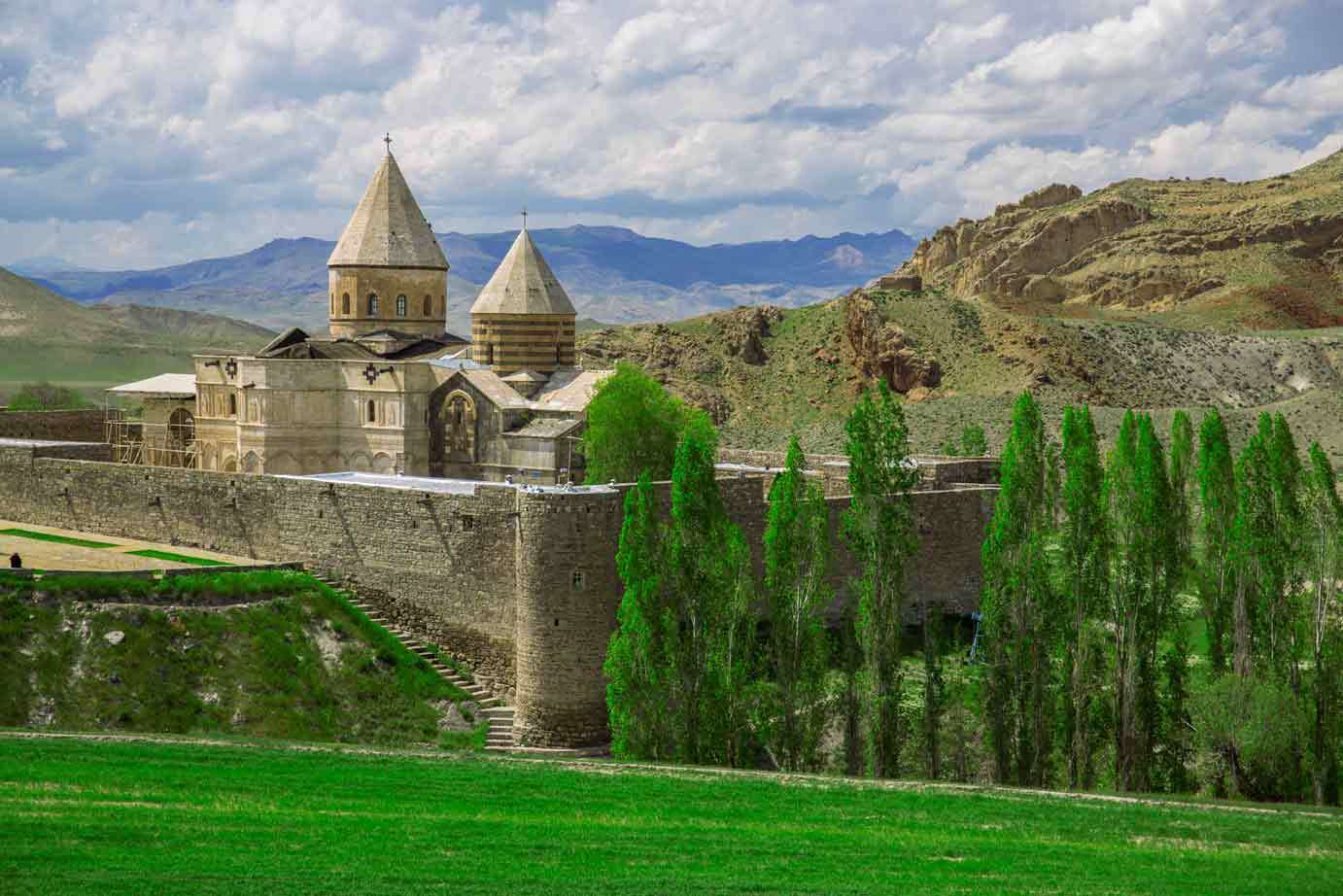
Iran enjoys diversity in religions
Iran has opportunities for Halal Tourism
Halal tourism means providing travel in accordance with Muslim beliefs and practices such as serving no alcohol or pork products. Travelling around Iran provides peace of mind for Muslims, because foods are all halal. Kebabs and different kinds of stew, soup, and rice dishes are the famous delicious Iranian foods .Iran could be a perfect destination for travelers who wish to spend their holidays with respect to their cultural and religious beliefs.
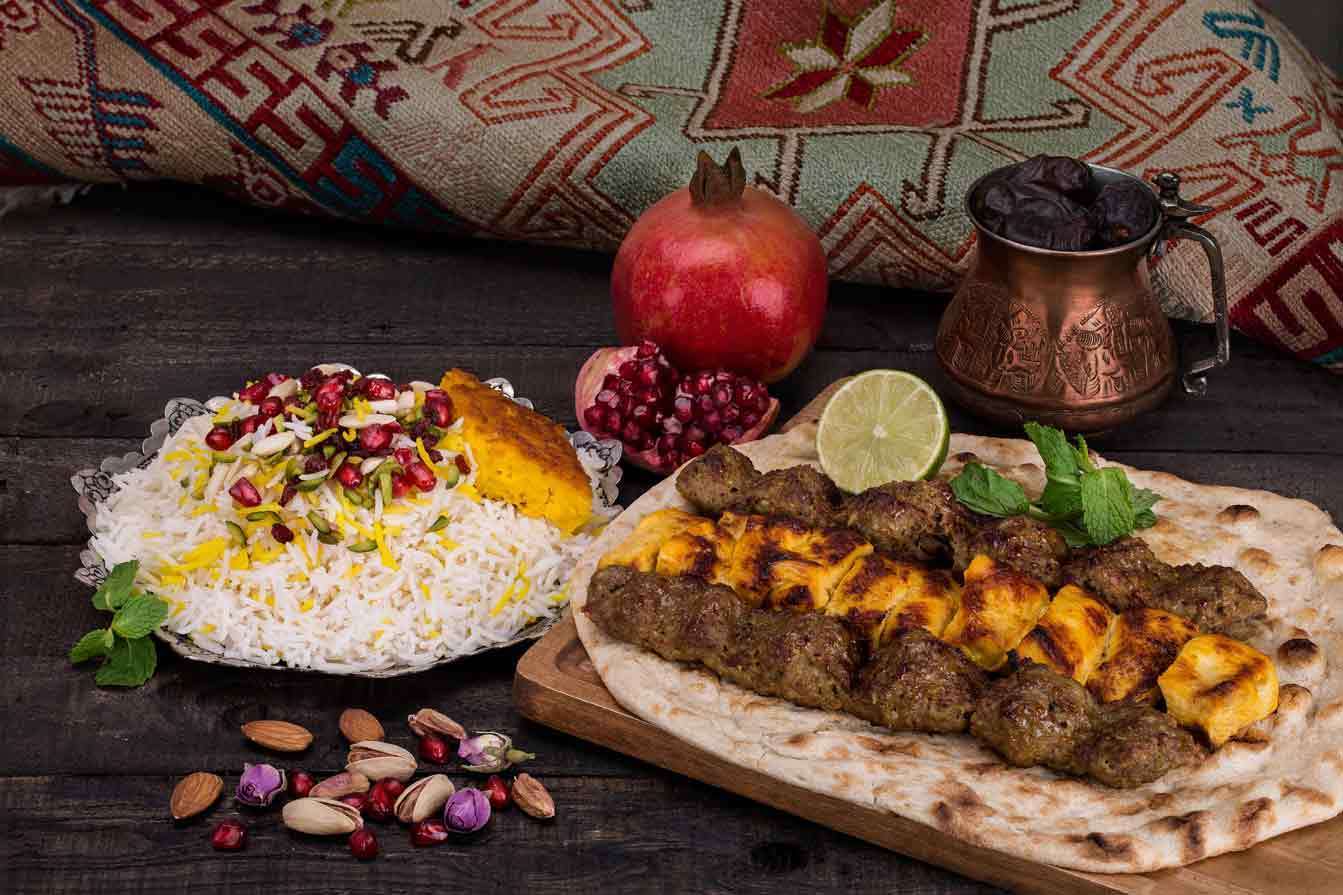
Kebabs are among the most delicious Iranian foods
Iran is a proper option for Health Tourism
Iran’s highly equipped hospitals and rehabilitation centers offer a wide range of state-of-the-art facilities and treatment with experienced expert medical teams at reasonable costs. Treatment costs are much lower comparing to the developed countries, southeastern Asian countries, and Iran’s regional competitors such as the Persian Gulf States.
Iran has great potentials for MICE Tourism
Iran has also potentials for MICE (Meetings, Incentives, Conferences, and Exhibition) tourism. Since business travelers use travel services such as hotel facilities and other amenities like restaurants, souvenir shops and local tourist spots, all these sectors could be considered as an area for development and investment.


